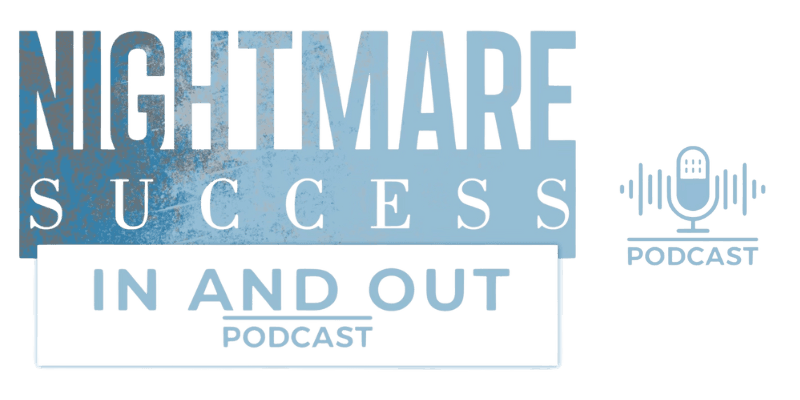
My Halfway House Experience
I spent four years at a federal prison camp in Tucson AZ.
On July 24, 2023, I signed a Release Plan which listed my “Referral Date” as August 24, 2023. This is the date my Case Manager gave the Chicago Region Reentry Management Office (RRM) as my release to the halfway house in Peoria IL. However, the Chicago RRM office claimed that the Peoria halfway house was full, and the next open bed space was November 29, 2023. I spent an extra 95 days in prison and I arrived at the Peoria, IL halfway house on November 29, 2023.
This halfway house is small – 25 beds. It used to be a nursing home, so it’s well-suited for its current purpose. My room is like a cheap college room complete with furniture you might find at Motel 6. I have two roommates, and we sleep in three separate full-size beds. Our room is approximately 400 SF and has a bathroom with a tub/shower. Every “resident” is allowed to have a TV not larger than 32” and we may purchase our own bedding (but not a pillow). Bedding is provided to indigent residents.
Our halfway house has a kitchen complete with a microwave, two refrigerators, two freezers, and plenty of cabinet space and storage. Breakfast and dinner are catered daily, and there is plenty of milk, orange juice, and coffee. Lunch is provided with cold-cuts, bread, and cheese. There are plenty of snacks available; all food and snacks are free, but soft drinks are available from a vending machine. Residents may buy their own canned foods (soups, Dinty Moore, etc). Restaurant food may also be delivered – but food from home is not allowed.
The Bureau of Prisons (BOP) does not own/operate federal halfway houses; the service is contracted to a variety of social service and nonprofit agencies like The Salvation Army, and to private companies. The Peoria halfway house is operated by Carle Clinic, a large regional healthcare provider.
I have been assigned a Case Manager, who is a Carle employee and who is responsible for administering the program consistent with BOP policy. The Case Managers report to a Facility Manager, who in turn reports to the Chicago RRM manager (BOP). Positive interaction and compliance with halfway house Case Managers and staff is important as this is the initial indication of a successful transition back to society. The fact that the halfway house staff here are not BOP employees is a very important distinction as they have not been institutionalized by years of working in the prison business. The staff here are “normal people” who genuinely seem to care about our well-being.
Halfway house residents do not have “custody levels” as one does in prison. For example, prison camps are minimum security, and do not house sex offenders or those with a violent crime conviction, but this halfway house population includes people with all sorts of criminal convictions. Nevertheless, all the residents here seem to get along well.
We are encouraged to find employment quickly. Recreation time away from the halfway house increases when we are employed. Weekend passes may be granted two to four weeks after arrival.
I will be released to home confinement on January 9, 2024, and I will remain under the management of the halfway house for the rest of my sentence which ends July 8, 2024. So far, my forty-one days at the Peoria halfway house has been a noticeable change from the Tucson prison camp. Spending time with my wife and family has been the highlight of being here, and having full use of my cellphone and laptop makes me feel productive and connected. It’s not home – but it’s halfway home.
Tim Herman is a member of the Ministry’s White Collar Support Group that meets every Monday evening on Zoom.
